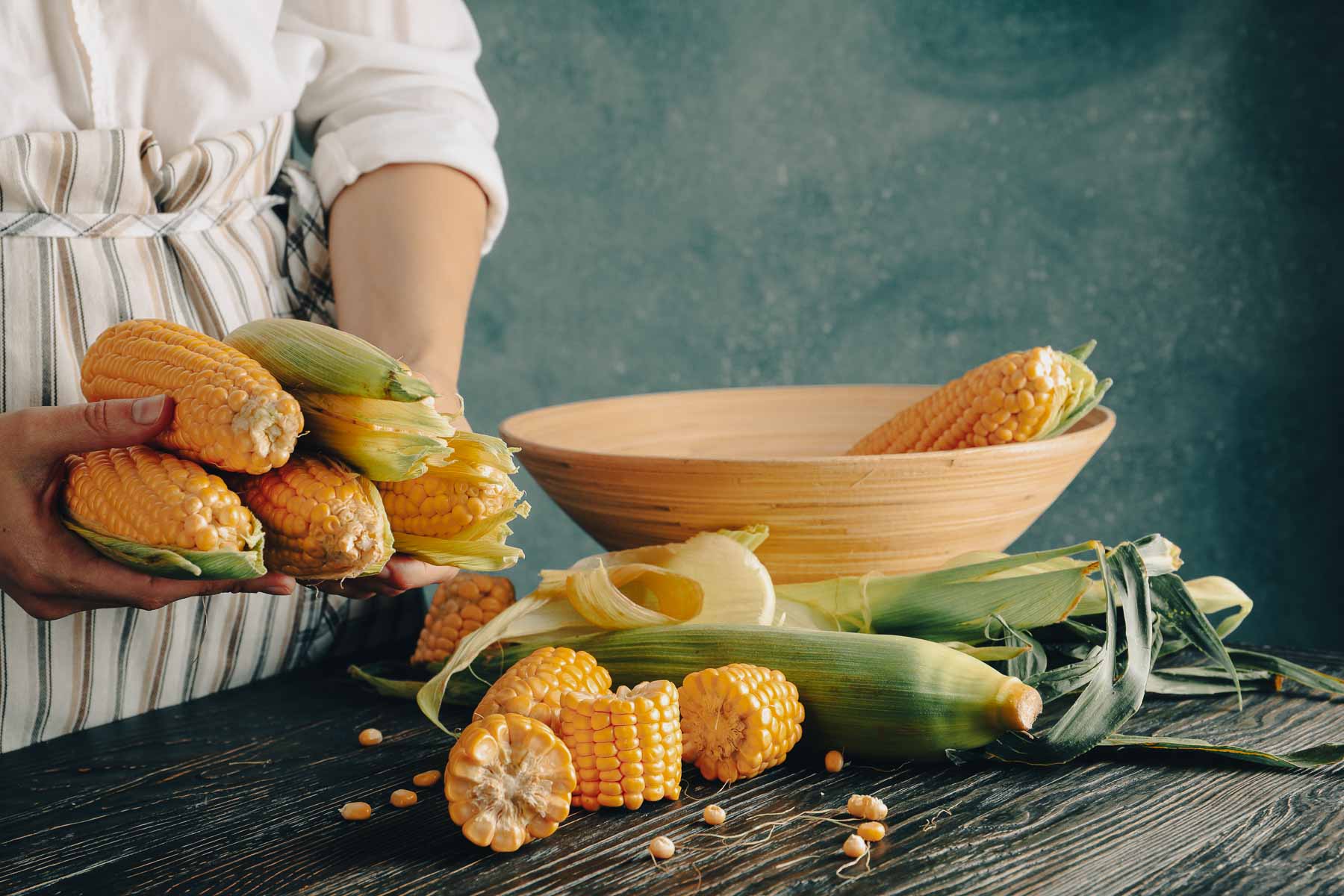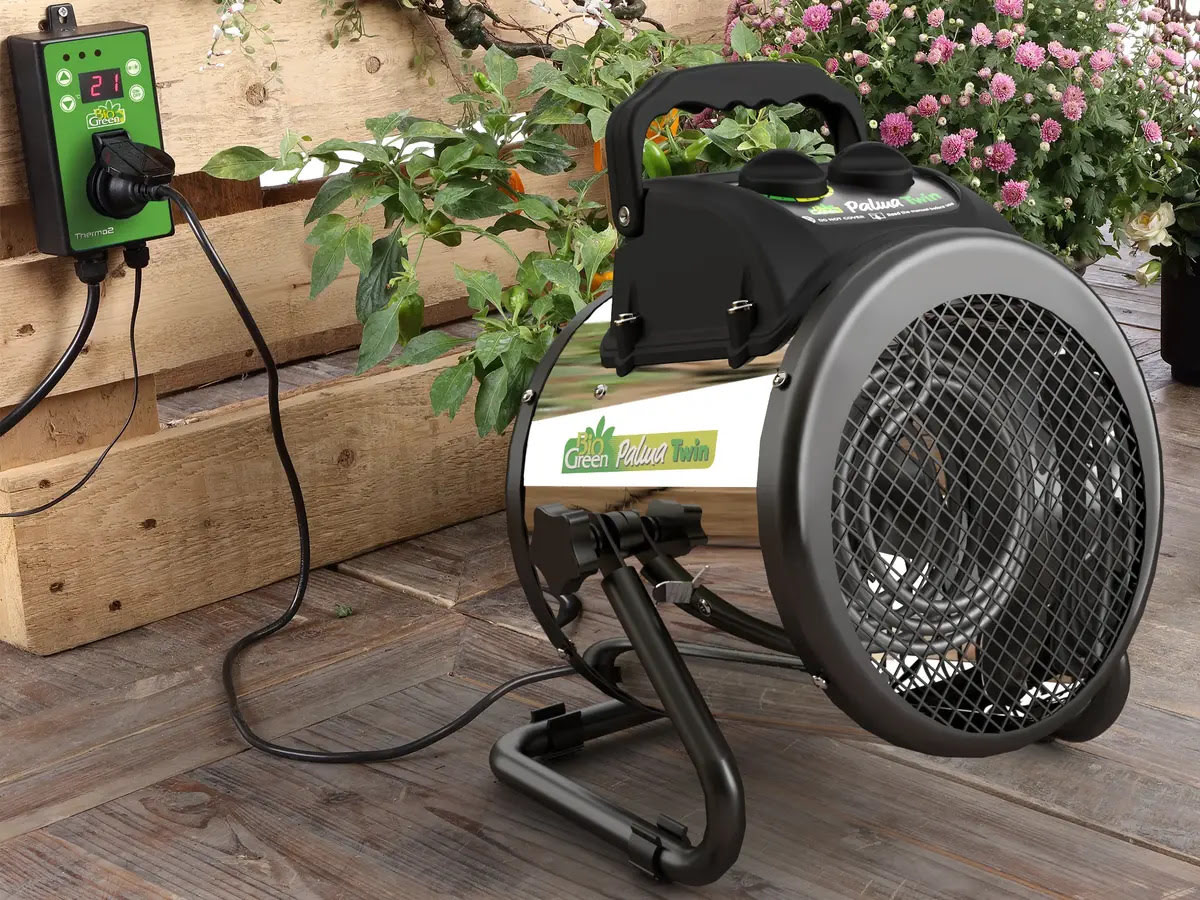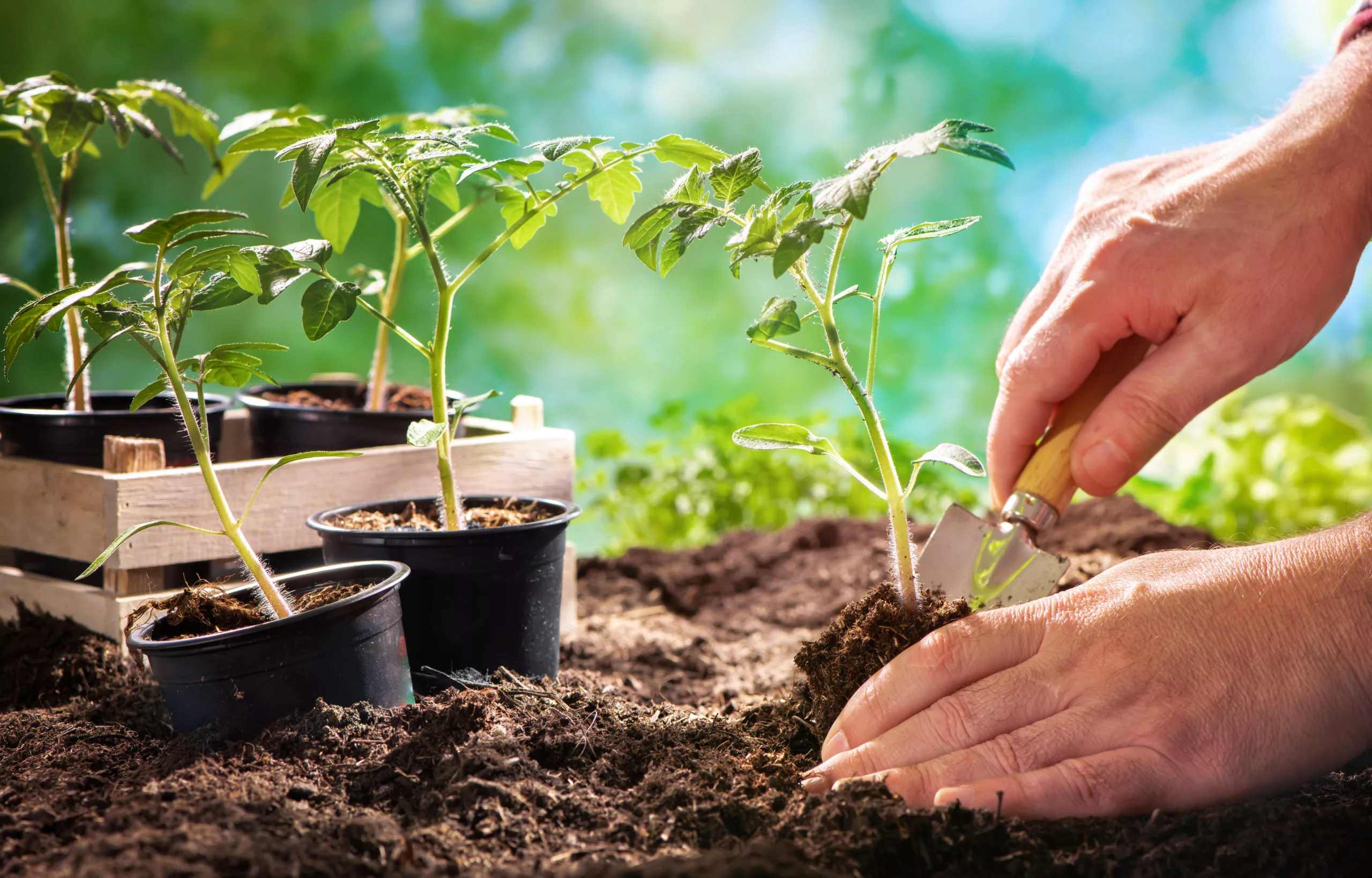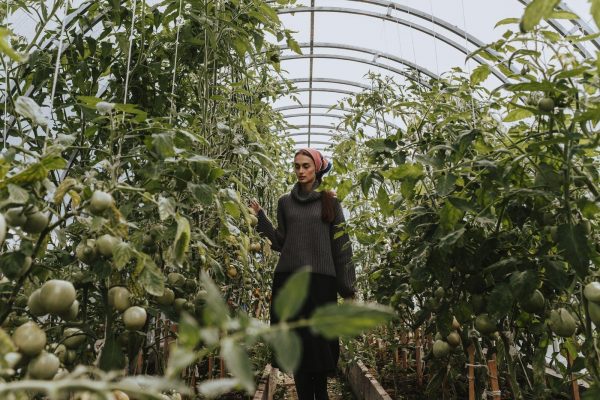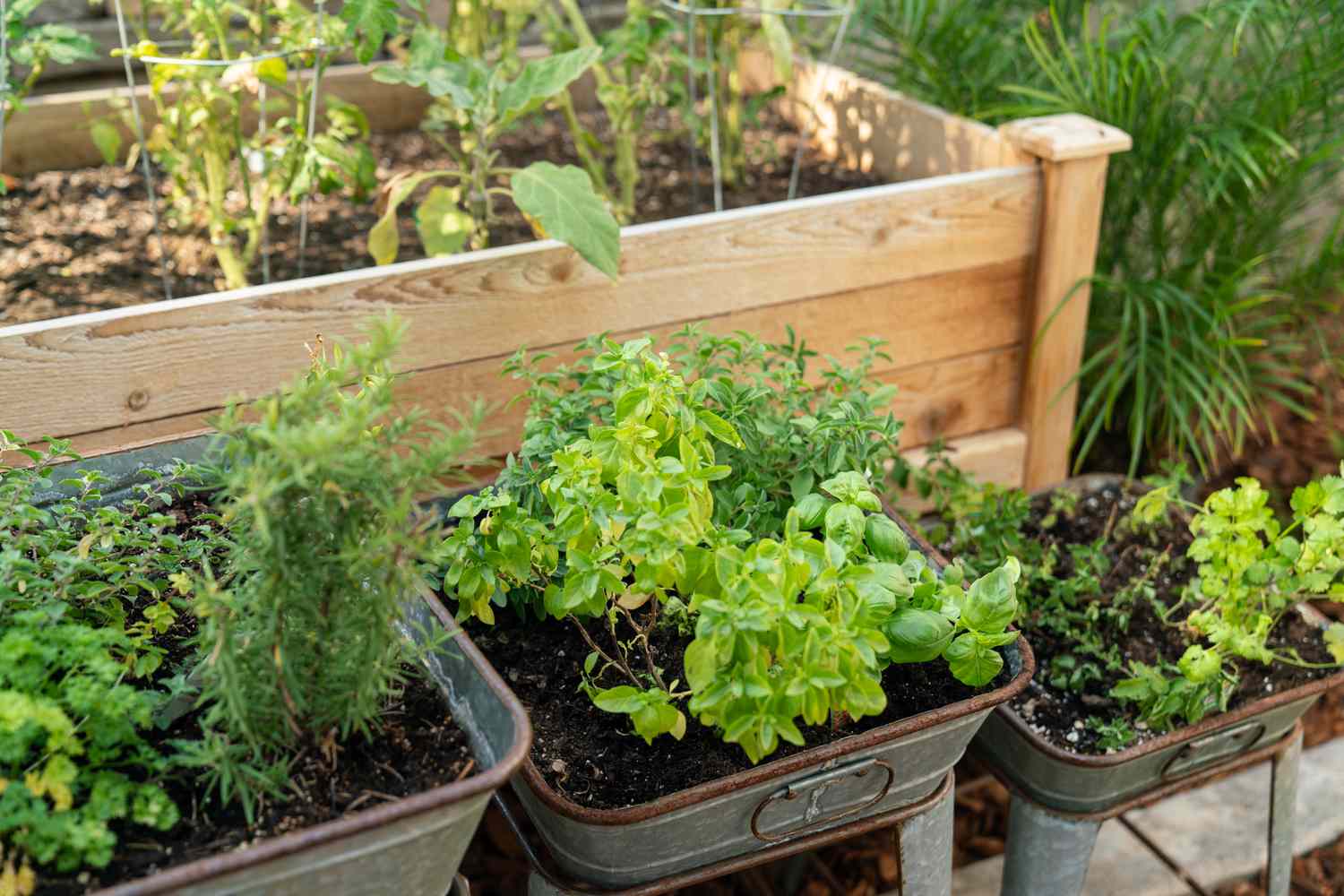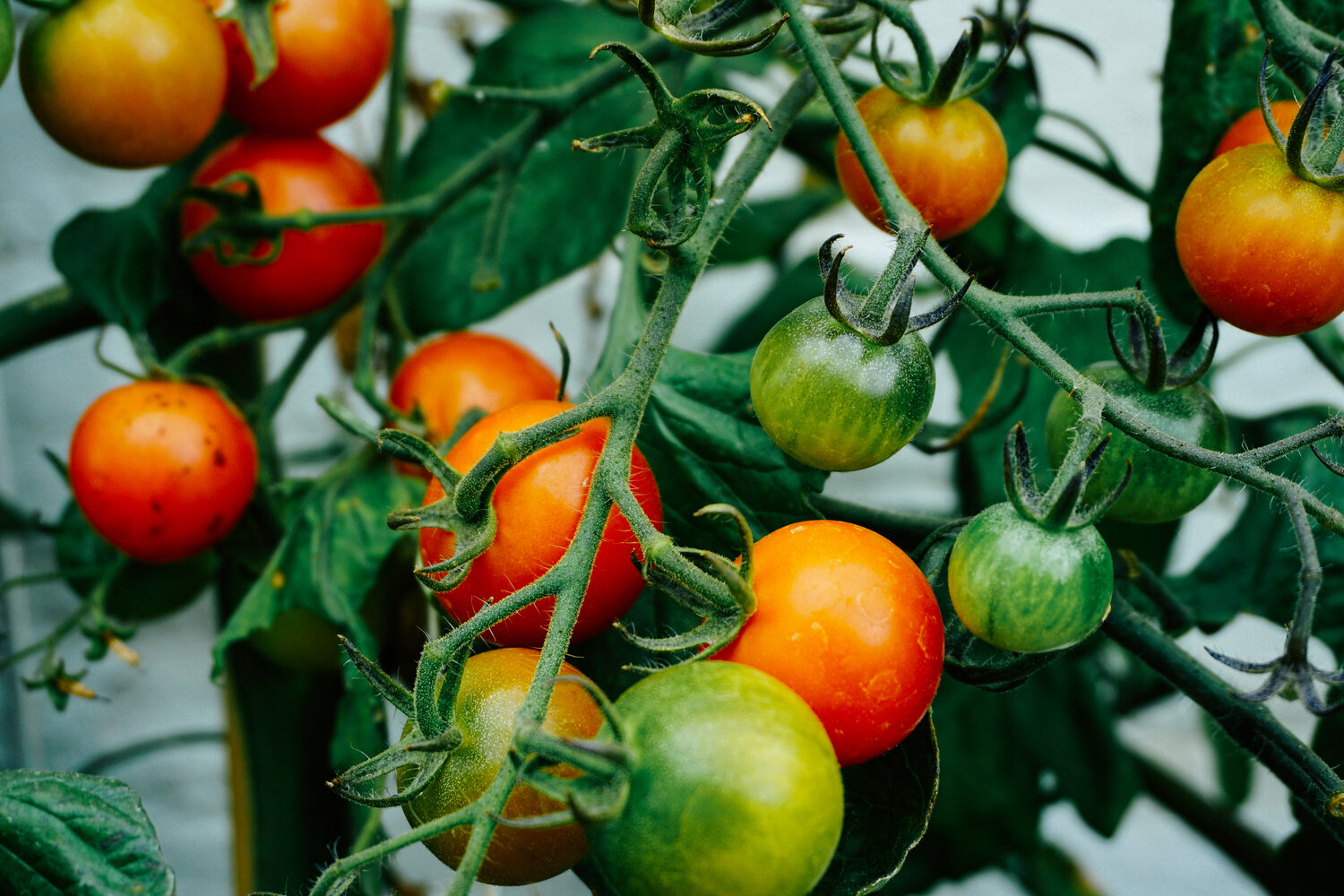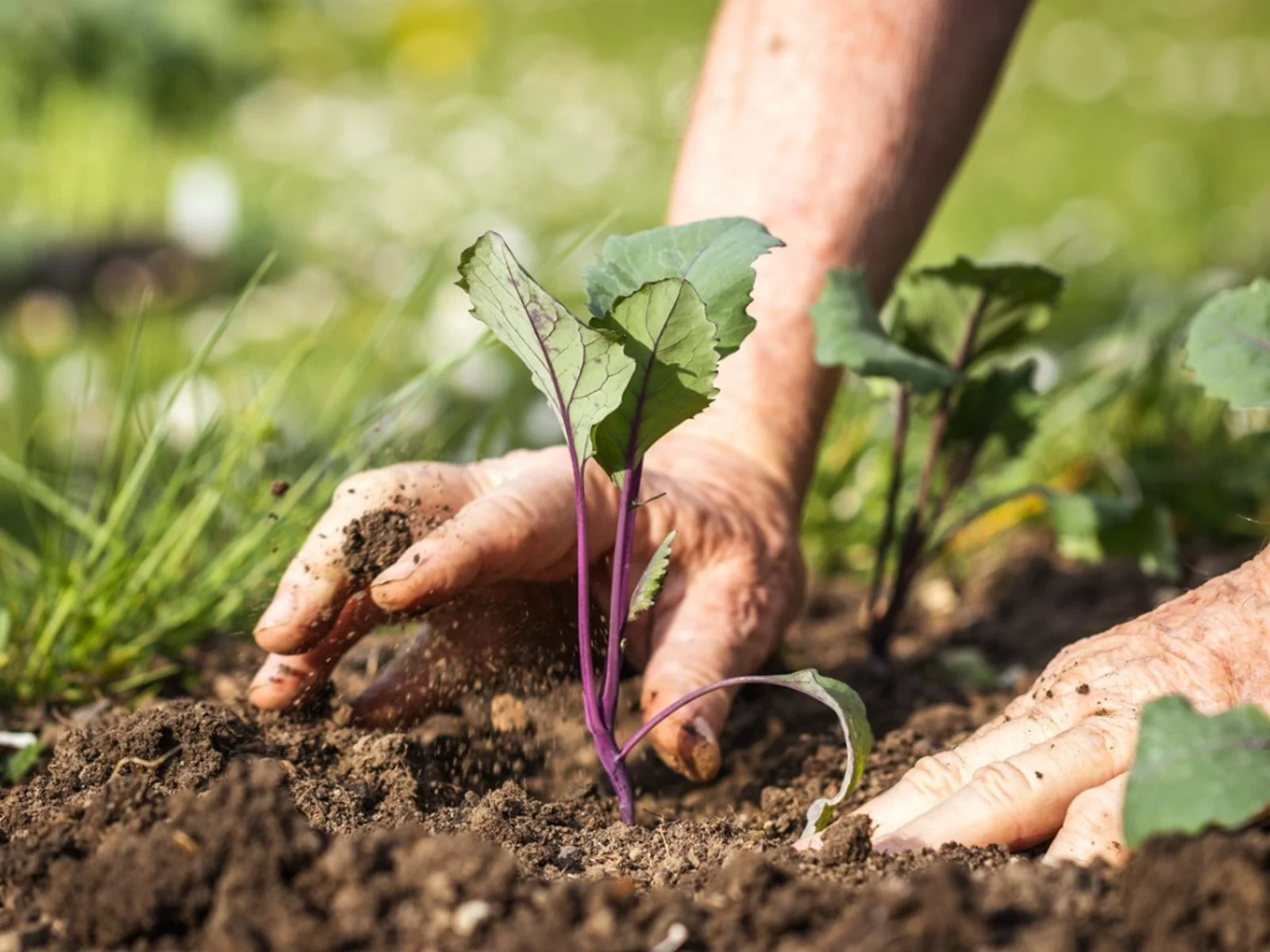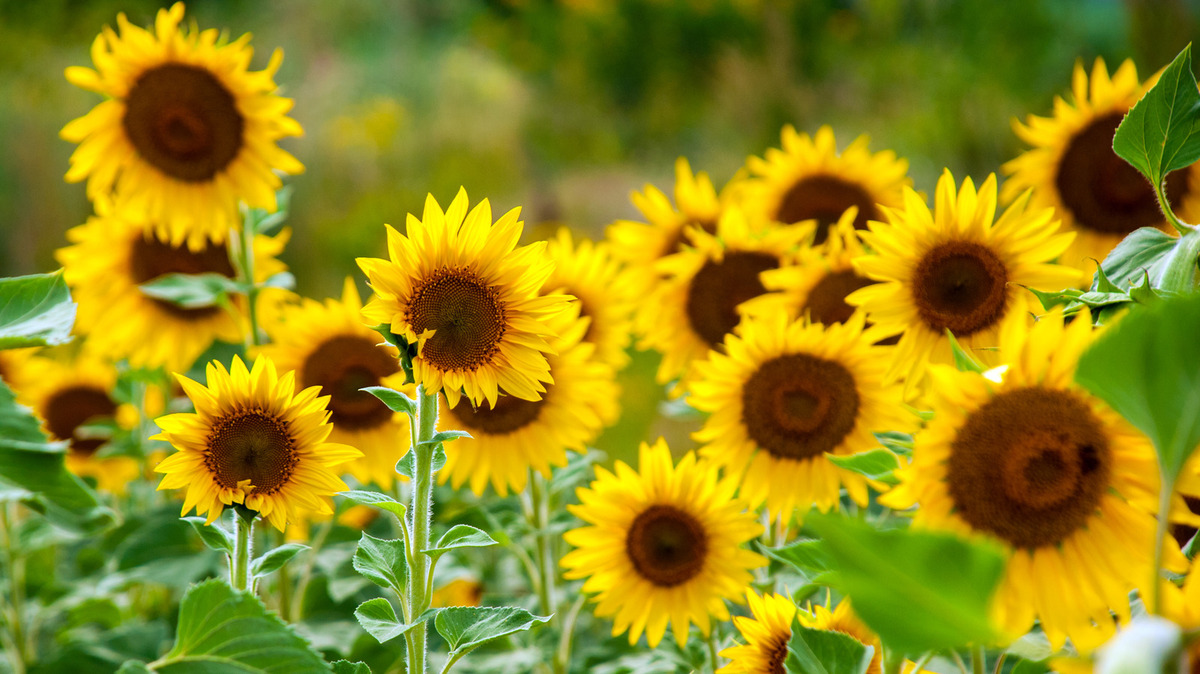Home>Types of Gardening>Edible Gardening>Corn Spacing When Planting
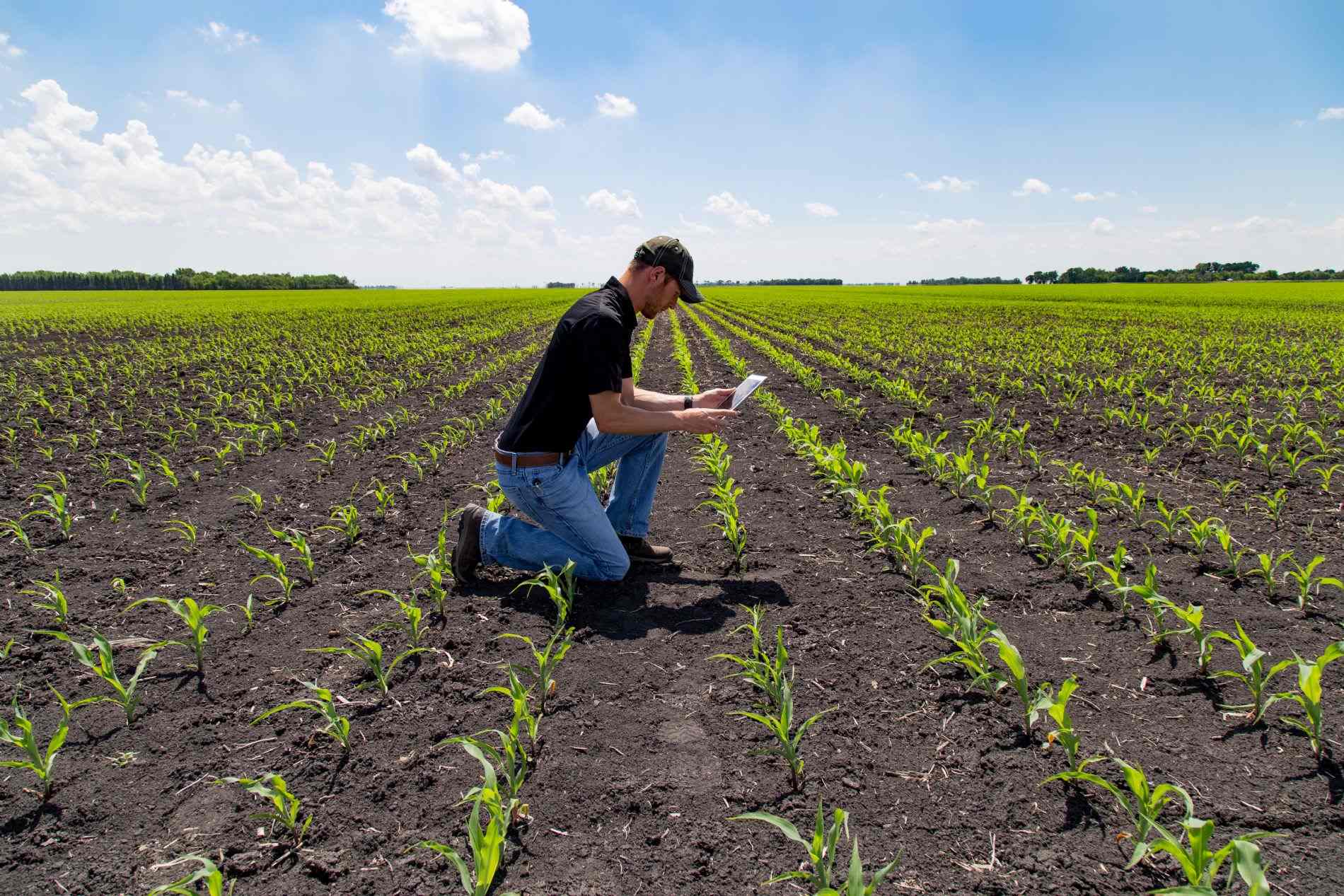

Edible Gardening
Corn Spacing When Planting
Modified: January 22, 2024
Find out the ideal corn spacing when planting for successful edible gardening. Maximize your harvest with proper corn planting techniques.
(Many of the links in this article redirect to a specific reviewed product. Your purchase of these products through affiliate links helps to generate commission for Chicagolandgardening.com, at no extra cost. Learn more)
Table of Contents
Introduction
Welcome to the world of edible gardening, where you can turn your backyard into a bountiful source of fresh and delicious produce. One of the most popular and rewarding crops to grow is corn. Not only does it add a touch of color and vibrancy to your garden, but it also offers a sweet and satisfying harvest. However, to ensure optimal growth and yield, proper spacing when planting corn is crucial.
When it comes to edible gardening, corn plants require ample space to spread their roots and absorb essential nutrients from the soil. Without proper spacing, plants can compete for resources, leading to stunted growth, reduced ear size, and decreased overall productivity. It is essential to understand the importance of corn spacing and how to determine the optimal distance between plants.
In this article, we will explore the importance of corn spacing in edible gardening, discuss the factors to consider when deciding corn spacing, and delve into the optimal spacing recommendations for different corn varieties. Additionally, we will introduce you to useful tools and techniques for measuring corn spacing accurately and identify common mistakes to avoid when planting corn. By the end, you will have a comprehensive understanding of corn spacing, enabling you to cultivate a thriving and productive corn crop.
Importance of Corn Spacing
Proper corn spacing is essential for the health and productivity of your corn crop. By providing each plant with enough space to grow and access crucial resources, you can ensure optimal development, maximize yields, and minimize potential problems. Let’s explore the key reasons why corn spacing is important:
1. Nutrient and Water Absorption: Corn plants have an extensive root system that needs sufficient space to absorb nutrients and water from the soil. By giving each plant ample space, you reduce competition for these vital resources, ensuring that each plant can access the necessary nutrition and moisture for healthy growth.
2. Air Circulation: Proper spacing allows for adequate air circulation between plants, reducing the risk of fungal diseases such as rust or blight. Good airflow helps to keep the foliage dry, preventing the growth and spread of pathogens that thrive in moist environments.
3. Light Penetration: Corn plants require ample sunlight to produce energy through photosynthesis. Adequate spacing ensures that each plant receives enough light, minimizing shading and allowing for even growth throughout the entire crop. This promotes strong stalk formation and increases the likelihood of each plant reaching its full potential.
4. Pest and Disease Management: Proper corn spacing can help mitigate the risk of pest infestations and the spread of diseases. When plants are overcrowded, pests and diseases can easily spread from one plant to another. By providing sufficient space between plants, you create a natural barrier that reduces opportunities for pests and diseases to proliferate.
5. Harvest Ease: Adequate spacing makes it easier to navigate through the cornfield during harvesting. With enough space between the rows, you can access and harvest the ears of corn comfortably, ensuring a smooth and efficient harvesting process.
Now that we understand the importance of corn spacing, let’s explore the factors to consider when deciding on the optimal spacing for your corn crop.
Factors to Consider When Deciding Corn Spacing
When determining the appropriate spacing for your corn crop, there are several factors to consider. These factors will help you optimize the spacing to suit your specific growing conditions and corn variety. Let’s delve into the key factors to keep in mind when deciding corn spacing:
1. Corn Variety: Different corn varieties have varying growth habits and sizes. Some varieties are naturally compact, while others tend to be more vigorous and expansive. Consider the specific characteristics of the corn variety you are planting, including the average height, leaf spread, and overall size of the plants, when determining the optimal spacing.
2. Soil Fertility: The fertility of your soil plays a crucial role in determining corn spacing. If you have nutrient-rich soil, corn plants tend to grow larger and require more space between them. Conversely, if your soil is less fertile, plants may be smaller, allowing for closer spacing. Conducting a soil test can help assess nutrient levels and guide your spacing decisions accordingly.
3. Climate and Growing Conditions: Consider the climate and growing conditions of your region. In areas with hot and dry climates, wider spacing may be necessary to allow for better airflow and water retention. In cooler regions, closer spacing can help maximize heat retention and aid in pollination and ear development.
4. Planting Density: The desired planting density is another important factor to consider. If you aim for higher yields, wider spacing between plants may be necessary to allow individual plants to develop more fully. However, if you have space constraints or are aiming to maximize the number of plants per row, closer spacing may be more suitable.
5. Field Management Practices: Your preferred field management practices, such as the use of machinery for weed control or irrigation methods, should also influence your spacing decisions. Wider spacing allows for easier access and maneuverability with machinery, while closer spacing may be more suitable for hand cultivation.
By taking into account these key factors, you can make informed decisions regarding corn spacing to optimize the growth, health, and productivity of your corn crop. Additionally, knowing the recommended spacing for different corn varieties can serve as a useful guide. Let’s explore the optimal corn spacing recommendations for various corn varieties in the next section.
Optimal Corn Spacing for Different Varieties
Choosing the right corn spacing for your specific corn variety is vital for achieving optimal growth and maximizing yield. Here are some general guidelines for corn spacing, based on different corn varieties:
1. Standard Varieties: Standard or traditional corn varieties typically require wider spacing due to their larger size. Plant them with rows about 30-36 inches apart, and leave a distance of 8-12 inches between individual plants within the row. This spacing allows for good air circulation and ample room for each plant to develop fully.
2. Sweet Corn Varieties: Sweet corn varieties, which are harvested for their deliciously tender ears, can be planted with slightly closer spacing. Plant rows about 24-30 inches apart, with a distance of 8-10 inches between plants within the row. Closer spacing can help promote pollination, as sweet corn plants rely on effective wind or insect pollination for successful ear development.
3. Popcorn Varieties: Popcorn varieties are typically smaller and require relatively close spacing. Plant them with rows about 18-24 inches apart, and maintain a distance of 6-8 inches between plants within the row. These compact spacing recommendations ensure efficient pollination and allow each plant to produce robust popcorn kernels.
4. Dwarf Varieties: Dwarf corn varieties are specially bred to be compact, making them suitable for small gardens or containers. Plant them with rows about 18-24 inches apart, and leave a distance of 6-8 inches between plants within the row. These closer spacing recommendations allow for the development of multiple ears on each plant despite their smaller size.
Remember, these are general guidelines, and it’s important to consider the specific recommendations provided by seed suppliers for each variety. Additionally, take into account the factors mentioned earlier, such as soil fertility, climate, and desired planting density, which can influence your spacing decisions.
Next, let’s explore the tools and techniques you can use to ensure accurate and precise corn spacing.
Tools and Techniques for Measuring Corn Spacing
Measuring corn spacing accurately is crucial to ensure the optimal growth and development of your corn crop. Here are some tools and techniques you can use to achieve precise and consistent spacing:
1. Measuring Tape or String: One of the simplest and most accessible tools is a measuring tape or string. Use it to measure the desired distance between rows and mark the spots where each plant should be planted within the row. This technique ensures consistent spacing and helps maintain uniformity throughout the entire crop.
2. Garden Marker Flags: Garden marker flags can be purchased at garden supply stores or easily made by attaching strips of brightly colored fabric or plastic to stakes. Place these flags in the ground at regular intervals to mark the planting positions for each corn plant. This visual guide helps you maintain accurate spacing as you plant, preventing potential errors or inconsistencies.
3. Planting Boards: Planting boards are handy tools that help maintain consistent spacing between plants. They can be made from a long, flat piece of wood or plastic, with notches or markings indicating the desired spacing between plants. As you plant each corn seedling, place the board next to it to ensure the proper distance between plants.
4. Seeder or Planter Machinery: If you have access to a seeder or planter machinery, it can be an efficient way to achieve precise corn spacing, especially for larger-scale operations. These machines are designed to plant seeds at predetermined distances and depths, ensuring consistent spacing throughout the field.
5. GPS Technology: For precision agriculture, advanced technologies like GPS can be utilized to achieve accurate corn spacing. GPS-enabled machinery can ensure precise placement of seeds, reducing human error and optimizing crop uniformity. While this method may be more suitable for larger-scale farming operations, it showcases the integration of technology in modern agricultural practices.
By utilizing these tools and techniques, you can measure and maintain accurate corn spacing, promoting consistent growth and optimal yield for your corn crop. However, it’s important to keep in mind that the success of corn spacing also relies on avoiding common mistakes, which we’ll discuss in the following section.
Common Mistakes to Avoid when Planting Corn
When it comes to planting corn, there are several common mistakes that gardeners should be aware of and avoid. By being mindful of these pitfalls, you can maximize the success of your corn crop. Let’s take a look at some of the most common mistakes to avoid:
1. Improper Spacing: One of the most critical mistakes is improper spacing between corn plants. Planting too closely together can lead to overcrowding, competition for resources, and stunted growth. On the other hand, planting too far apart can result in wasted space and reduced overall productivity. Following the recommended spacing guidelines for your specific corn variety is essential to ensure optimal growth and yield.
2. Shallow Planting: Planting corn too shallowly can impede the development of a robust root system. Ensure that you plant corn seeds at the recommended depth, typically around 1-2 inches deep. This depth promotes strong root growth and allows the seedlings to establish themselves firmly in the soil.
3. Neglecting Soil Preparation: Inadequate soil preparation can hinder the growth of your corn crop. Before planting, ensure that the soil is well-drained, properly amended with organic matter, and free of weeds. Proper soil preparation creates a favorable environment for plant growth and helps prevent nutrient deficiencies and weed competition.
4. Skipping Soil Testing: Neglecting to conduct a soil test before planting corn is a common oversight. Soil testing provides valuable insights into the nutrient levels and pH of your soil. By understanding your soil’s deficiencies or excesses, you can apply appropriate fertilizers and amendments to optimize the nutrient balance for your corn crop.
5. Inadequate Weed Control: Weeds compete with corn plants for essential nutrients, water, and sunlight. Failing to implement effective weed control measures can result in reduced yields and overall plant health. Regularly remove weeds or use mulching techniques to suppress weed growth and maintain a clean planting area.
6. Poor Disease and Pest Management: Insufficient attention to disease and pest management can lead to significant crop damage. Monitor your corn plants regularly for signs of pests, such as corn borers or aphids, and implement appropriate control measures. Additionally, practice proactive disease prevention strategies, such as crop rotation and the removal of infected plant material.
By avoiding these common mistakes, you can set a solid foundation for a successful corn crop. However, it’s important to be flexible and adjust your corn spacing strategies based on the specific conditions and challenges you encounter in your garden or growing environment.
Adjusting Corn Spacing for Various Field Conditions
While following recommended corn spacing guidelines is crucial, it’s important to recognize that field conditions can vary, and adjustments may be necessary to accommodate these variations. Here are some considerations for adjusting corn spacing based on different field conditions:
1. Soil Fertility Variations: Soil fertility levels can differ within a field, even after proper soil preparation. Conducting soil tests at various locations within the field can help identify variations in nutrient levels. Adjusting corn spacing based on these variations allows you to allocate resources efficiently and optimize growth in different areas.
2. Soil Moisture Availability: Soil moisture availability can vary, especially in areas with irregular water distribution or varying soil textures. In drier areas, wider spacing between corn plants can help ensure each plant has sufficient access to available moisture. Conversely, in locations with adequate moisture, closer spacing may be appropriate to take advantage of the resource.
3. Wind Exposure: If your field is prone to strong winds, wider spacing can help plants withstand the wind stress. Adequate spacing allows for better air circulation, reducing the risk of lodging (when plants lean or fall over due to wind). On the other hand, in sheltered areas with minimal wind exposure, closer spacing may be feasible to maximize space utilization.
4. Field Slope: Fields with significant slopes may require adjustments in corn spacing to prevent erosion and facilitate water runoff. On steeper slopes, wider spacing can help reduce soil erosion caused by water runoff. By allowing more space between plants, you create a stronger root network that anchors the soil and minimizes erosion risks.
5. Equipment Limitations: Consider the type of equipment you have available for field operations. If you need to use machinery for weed control or spraying, wider spacing may be necessary to accommodate the equipment’s size and maneuverability. Ensure that there is ample space between rows for efficient operation without damaging the crop.
6. Planting Date: The planting date can influence corn spacing requirements. If you are planting early in the season when temperatures are cooler, closer spacing can help enhance heat retention and create a microclimate that promotes growth. However, in areas with later planting dates and warmer temperatures, wider spacing may be necessary to allow for better airflow and prevent excessive heat stress.
Remember, these adjustments should be made in consideration of the specific field conditions you are working with. Observing and evaluating the unique characteristics of your field will help determine the most suitable corn spacing for maximum productivity and plant health.
Now that you have a comprehensive understanding of the factors to consider when deciding corn spacing and how to adjust it for various field conditions, you are well-equipped to cultivate a successful corn crop. In the final section, we will conclude with a summary of the essential points covered in this article.
Conclusion
Corn spacing is a critical aspect of edible gardening, ensuring the health, growth, and productivity of your corn crop. By providing each plant with sufficient space, you create an environment where they can thrive and access essential resources. Proper corn spacing promotes nutrient and water absorption, allows for adequate air circulation, facilitates light penetration, aids in pest and disease management, and simplifies the harvest process.
When deciding on corn spacing, consider factors such as the corn variety, soil fertility, climate, desired planting density, and field management practices. These factors will guide you in determining the optimal spacing that suits your specific conditions. Remember to follow the recommended spacing guidelines for different corn varieties, ensuring accurate and consistent spacing throughout your crop.
Measuring corn spacing accurately can be achieved using tools and techniques such as measuring tapes, planting boards, marker flags, or employing GPS technology for precision agriculture. Avoid common planting mistakes, including improper spacing, shallow planting, neglecting soil preparation and testing, inadequate weed control, and poor disease and pest management.
Adapt corn spacing to various field conditions by considering soil fertility variations, soil moisture availability, wind exposure, field slope, equipment limitations, and planting dates. Make adjustments as needed to create an ideal environment for your corn crop to flourish.
By practicing proper corn spacing techniques and avoiding common mistakes, you can cultivate a healthy and abundant corn harvest. With the right spacing, your corn crop will have ample room to develop, maximize yields, and provide you with an abundance of delicious and fresh corn to enjoy.
